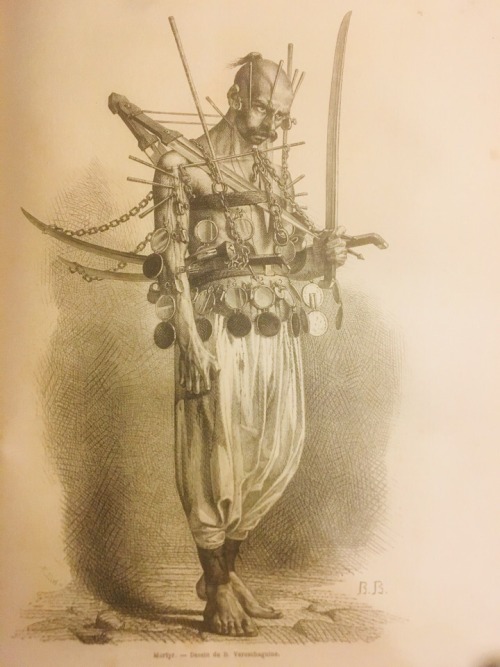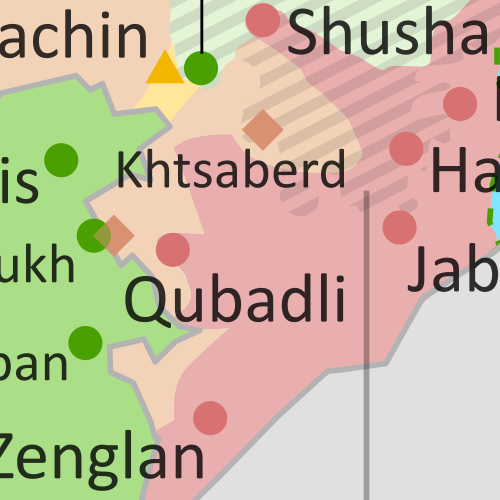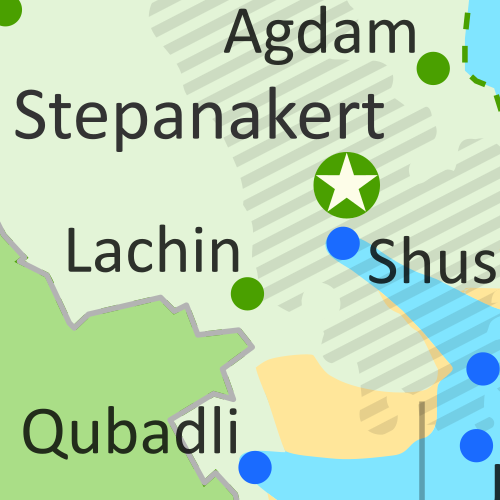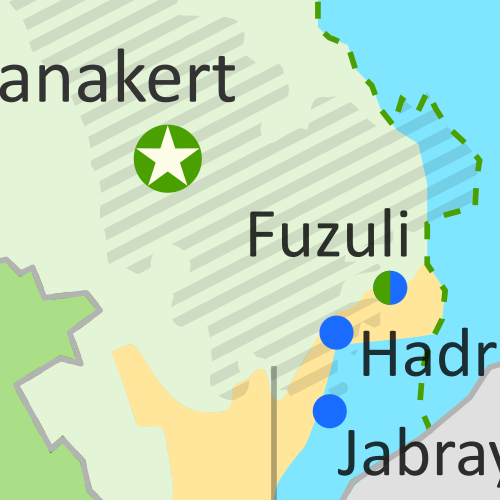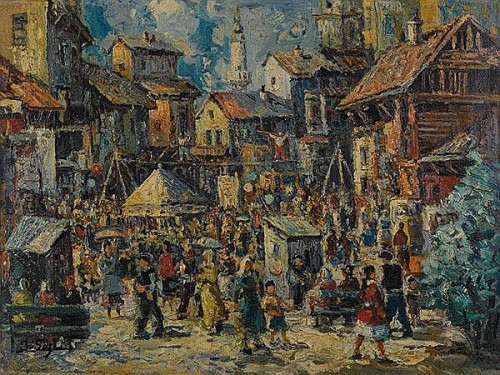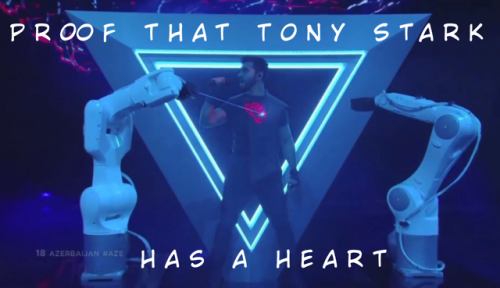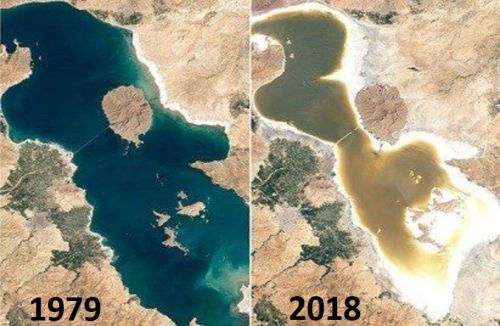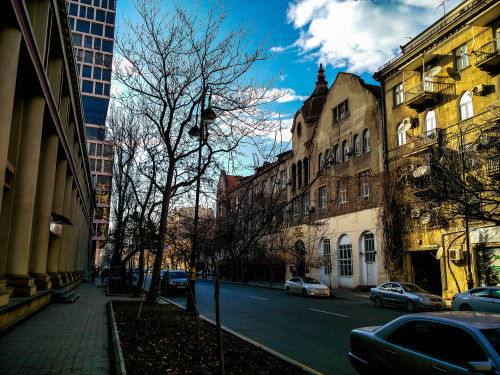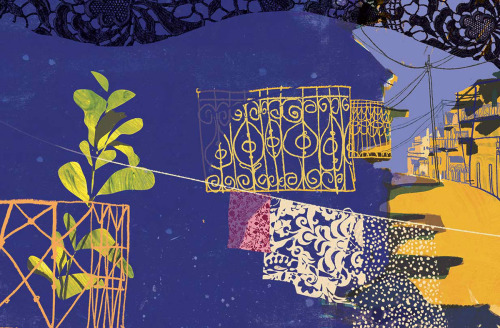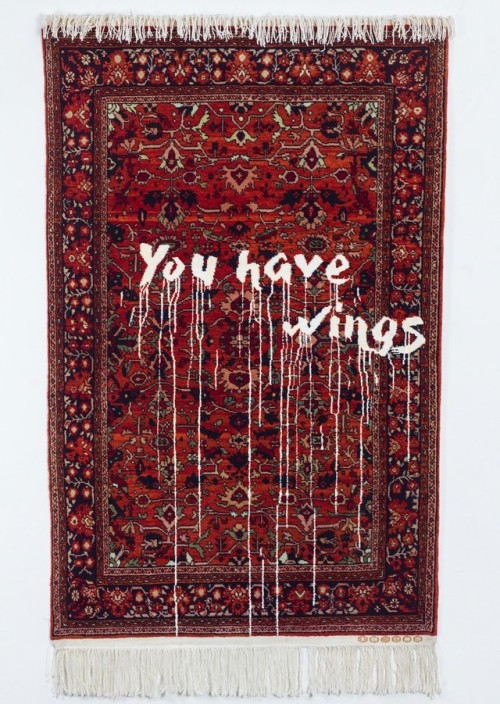#azerbaijan
EUROVISION DRINKING GAME!
UPDATED FOR THE FINAL!!!
Non-drinkers, substitute with sweets and chocolate. You’ll probably feel just as sick.
Post link
I’m so angry that Germany and Azerbaijan didn’t get into the top 3 They were so much better then most (if not all others) in the finale
Oh come on, surely no one has BLEACHERS to angst upon except Americans
“Jeyran” - Fargana Qasimov, Music of Central Asia, Vol. 6: Spiritual Music of Azerbaijan, 2007
For our subscribers: Though the map has barely changed, we’ve just published an in-depth article and timeline on territory and conflict related events in the Nagorno-Karabakh region in the two months since Armenian withdrawals were completed under the ceasefire deal.
Among those events: A battle over villages held by holdout forces, a siege across the ceasefire line, and the contentious re-establishment of the border between southern Armenia and Azerbaijan.
More info: https://www.polgeonow.com/2021/01/nagorno-karabakh-war-map-post-ceasefire.html
Post link
From earlier this week, PolGeoNow’s subscriber map of territorial control in Azerbaijan and Armenia’s war over the disputed Nagorno-Karabakh region has been updated to show the front lines as known at the time the new peace deal went into effect.
This PolGeoNow map was also used as the source for a map that appears in this week’s edition of The Economist magazine.
More info: https://www.polgeonow.com/2020/11/nagorno-karabakh-peace-agreement-control-map.html
Post link
For our subscribers: Updated map of territorial control in the Nagorno-Karabakh conflict, where Azerbaijan has captured sizeable chunks of territory from the Armenia-backed, self-proclaimed Republic of Artsakh.
More info: https://www.polgeonow.com/2020/10/nagorno-karabakh-control-map-update.html
Post link
Submit your best shots to our 15th Annual Photo Contest, open now!
Photo: Cycle
Photo by Elena Petrova (Moscow, Russia); Baku, Azerbaijan
Post link
Ibrahim Safi (1898–1983) was a Turkish-Azerbaijani painter. He was born in Nakhchivan, Azerbaijan. He graduated from the Moscow Fine Arts Academy. During World War I, he moved to Istanbul and became a Turkish citizen. He finished the Sanayi-i Nefise Mektebi (School of Fine Arts) there.
Post link
are we sure azerbaijan and georgia’s entries didn’t get mixed up on day one and were too embarrassed to correct someone

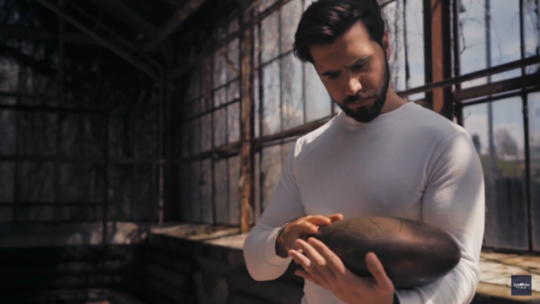

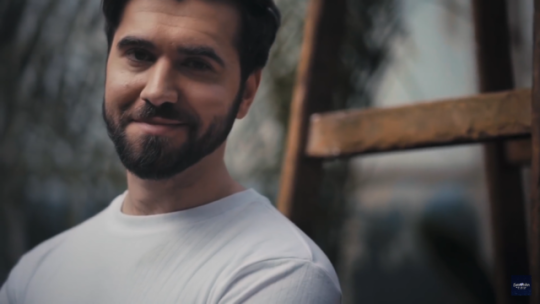


Is he even real?
A Rabbi, Krasnaya Sloboda, 1978-1980, by Nodar Djindjihashvili (American, b. Russia, 1939-2002)
These photographs are only a tiny part of those we succeeded in taking during a two-year secret journey through all of Russia, in search of the vestiges of a once thriving Jewish life and culture within what is now the USSR. I planned the journey many years ago, but only in 1978 (prior to my departure from the Soviet Union) was I able to make the trip, accompanied by my friend, Albert Ben-Zion. It was the first of its kind and, I believe, the last; it was for me, the most depressing yet, in some ways, the most exciting experience of my life.
My grandfather, a distinguished scholar and rabbi, gave me much of my early education. My father a prominent attorney during the time when faith in Marxism still inspired much of the Soviet intelligentsia, believed that progress toward the new Socialist justice and decency went hand in hand with the relinquishing of one’s religious tradition. I always vacillated between these two poles, alternatively intrigued and repelled by my Jewishness. My journey was partly an attempt to resolve this conflict, as well as a search for answers to the questions that had haunted me for years.
Most important to me were the answers I found during the journey. It seems to me now that being Jewish and embracing it pushes one beyond the boundary of a nationality or a minority condition. It forces one to get deeply involved in a perpetual situation, to which there is only one answer - that is, to stay within the Jewish faith. Once this is recognized by a Jew, his or her individual situation becomes a justification for existence.
It is the life of the vast majority of Soviet Jews that I wished to preserve in my photographs. These Jews are struggling to maintain their religious and cultural heritage in the Soviet Union, despite the difficulties and the threat of extinction. I realized my mission was to record the remnants Russian Jewish culture before it vanished. The more I traveled, the more I realized that I also wanted to photograph the people who are trying to retain Jewish culture.
- Nodar Djindjihashvili
Post link
Lake Urmia, Iran,
The ferries that once shuttled tourists to and from the little islets in Iran’s Lake Urmia sit rusty, unable to move, on what is rapidly becoming a salt plain.
Just two decades ago, Urmia was the Middle East’s biggest lake, its local economy a thriving tourist center of hotels and restaurants.
Lake Urmia’s demise has been fast. It has more than halved in size – from 5,400 square kilometers (2,085 square miles) in the 1990s to just 2,500 square kilometers (965 square miles) today – according to the Department of Environmental Protection of West Azerbaijan, one of the Iranian provinces where the lake is located.
There are now concerns it will disappear entirely. Such problems are familiar in many parts of the Middle East – where water is simply running out.
The region has witnessed persistent drought and temperatures so high that they are barely fit for human life. Add climate change to water mismanagement and overuse, and projections for the future of water here are grim. Some Middle Eastern countries, including Iran, Iraq and Jordan, are pumping huge amounts of water from the ground for irrigation as they seek to improve their food self-sufficiency.
By Frederik Pleitgen, Claudia Otto, Angela Dewan and Mohammed Tawfeeq, CNN
Post link
Braids of Turkic people
Hair is a sacred thing in Turkic culture like many other shamanic cultures. Hence why women braid their hair in sacred numbers such as 40, 41, 7 etc. Men having long hair is also very normal and they also braid their hair. It’s known that when Turkmens first came to Anatolia their hairstyle was seen rather strange to Anatolia’s peoples. One of the primary sources for men’s hairstyles is that gravestones that can be found in many Turkic countries.



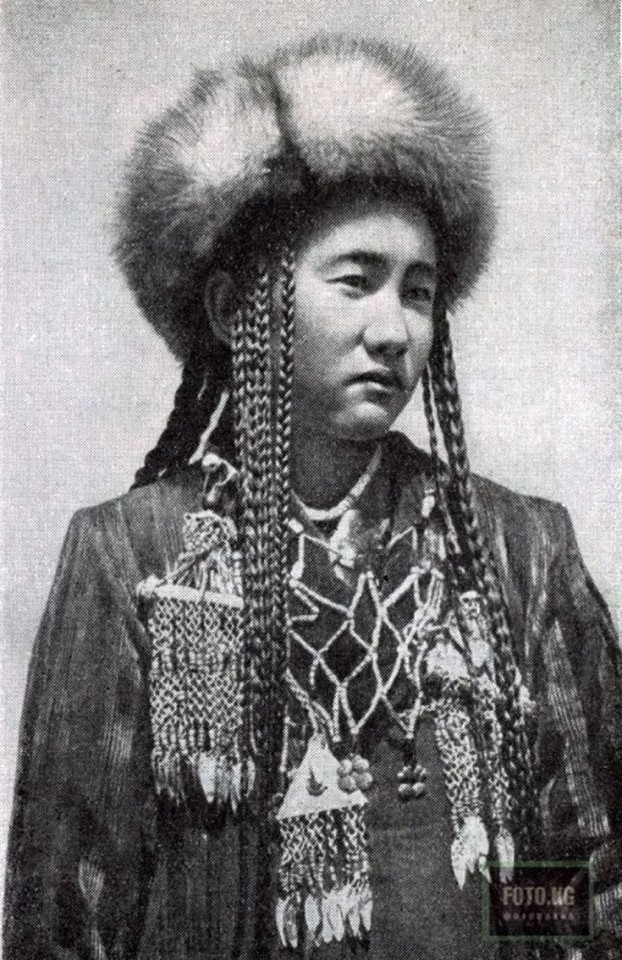
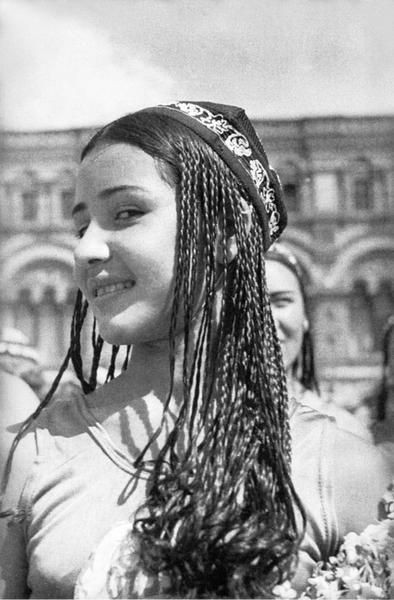


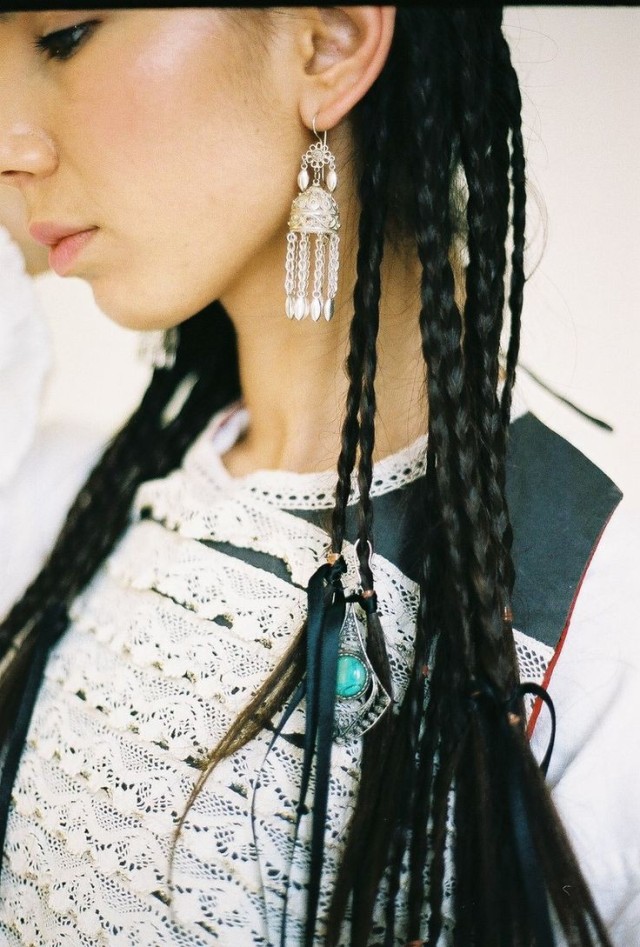



*Sahhafçı

